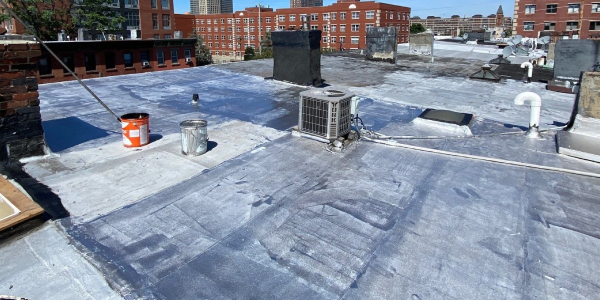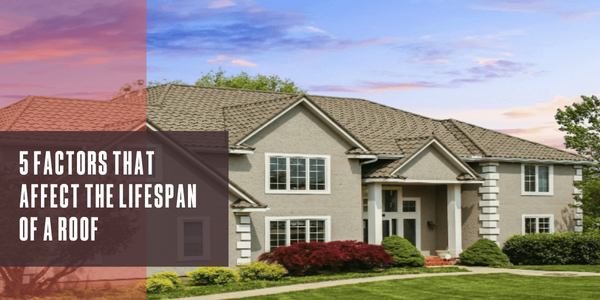Like an onion, a roof has many layers

By Emma Peterson.
Roofs are an expensive investment, learn about the basics of the roof so you can make informed decisions about your roof.
Whether you're like Shrek and live in a swamp, or live in the suburbs of LA, you want to have a solid roof over your head to keep the weather out. On the surface, this may seem like a simple task, but to do this properly there are actually many layers of protection and engineering within a roof system. It can feel overwhelming, especially when technical terms such as EPDM are introduced to the conversation. That’s why, in this episode of the AskARoofer Podcast, Megan Ellsworth sat down with Al Torrella of Elite Roofing to learn more about the basics of a roofing system.
Al works in New Jersey and has been roofing since 1983 when he started with his father. He and his team work primarily in the inner city where most roofing needs are for flat roofs. With these types of systems there are a few main categories Al explained, “We do torch down bitumen, we do EPDM, and we do TPO. Those are the main. The newer one that we're doing is liquid, Siplast, Kemper, all the high-end jobs.”
The traditional torch down bitumen system is usually found on brand new construction. Al explained, “It will be brand new construction, which is plywood and you put a base down, and then you put your cap down. And then you'll get a 10-year warranty, and the roof can last up to 20 years or more if you maintain the roof.” One type of torch down is EPDM, which is where you apply the rubber layer on top of an insulation board. This is not Al’s favorite option, as he explained, “EPDM is only one system, it's only a single ply, and that can be bad. So when things like fireworks go off and hit an EPDM roof, they land on the rubber, it actually burns through the rubber to the insulation, and the house will go on fire.” So, for major cities he recommends avoiding EPDM and going with torch-down systems with two of three ply.
Another option is to select a liquid silicone system, which is separate from the traditional torch down. The key to success with these systems is ensuring that there is a reinforcing membrane present. Al explained, “Most silicone systems fail because they don't tell you that underneath they still have the expansion contraction system. And when it is expanding, the silicone will expand with it, and then it will crack open and then you'll get leaks.” Overall, when you’re looking at getting a new roof, you should check in with a contractor about what is good for your area. Al shared, “A lot of people call us when they're buying their house. It’s very important that people call a roofer before they buy a house to make sure everything is safe and up to local code.”
Read the transcript or Listen to the entire episode for more about roof systems.
Learn more about Elite Roofing in their Coffee Shop Directory or visit eliteroofingincnj.com.
About Emma
Emma Peterson is a writer at The Coffee Shops and AskARoofer™. Raised in the dreary and fantastical Pacific Northwest, she graduated in 2024 from Pacific University in Oregon with a degree in creative writing and minors in graphic design and Chinese language. Between overthinking everything a little bit, including this bio, she enjoys watching movies with friends, attending concerts and trying to cook new recipes.









Comments
Leave a Reply
Have an account? Login to leave a comment!
Sign In